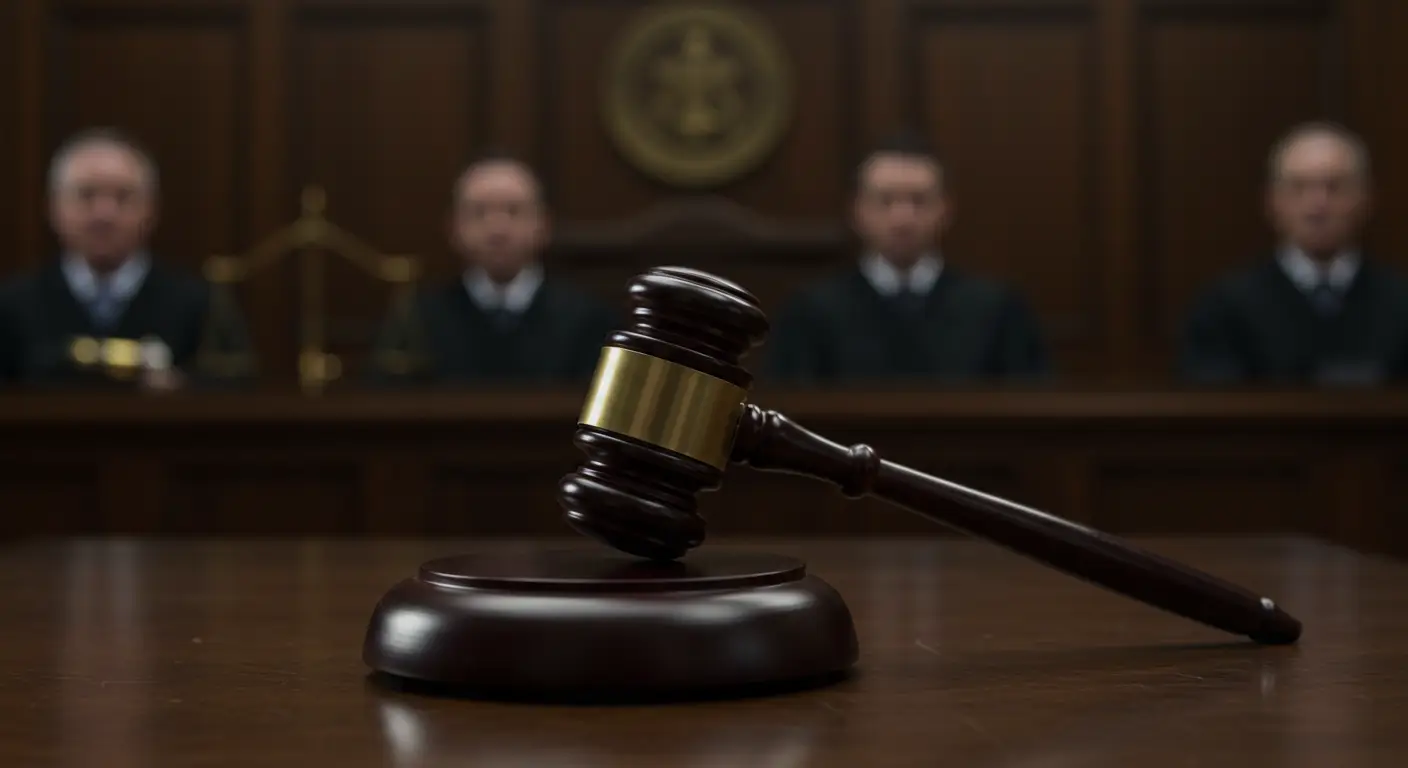The California Three Strikes Law (Penal Code § 667) was designed to increase prison time for people who commit multiple serious or violent felonies. The law has changed over the years, but its main purpose remains the same: to discourage repeat offenses by increasing the punishment each time a qualifying felony is committed. This blog will break down how the law works, what crimes are counted as “strikes,” and what kind of sentence a person could face if convicted under this rule.

What Is the California Three Strikes Law?
The California Three Strikes Law (Penal Code § 667) focuses on repeat offenders. It sets up a system where a person’s prison sentence becomes longer with each serious or violent felony conviction. The law was first passed in 1994 and then revised by voters through Proposition 36 in 2012 to reduce some of its harsher effects.
The name “Three Strikes” comes from baseball: after three “strikes,” a batter is out. Similarly, after a third felony conviction involving certain types of crimes, a person can face a sentence of 25 years to life in prison.
What Counts as a “Strike” Under the Law?
Not all felonies count as strikes. A crime must be classified as a serious felony or violent felony to qualify. These are defined under California Penal Code §§ 667.5(c) and 1192.7(c). Some common examples include:
- Murder or attempted murder
- Rape
- Robbery
- Burglary of an inhabited dwelling
- Kidnapping
- Assault with a deadly weapon
- Arson
- Certain sexual offenses involving minors
A strike must usually be proven in court, and it must be listed on the person’s criminal record to apply in future sentencing.
How the Sentencing Works
The Three Strikes Law applies differently depending on how many prior strike convictions someone has on their record. Here’s a look at how sentencing is affected:
One Prior Strike (Second Strike)
If a person is convicted of a new felony and has one prior strike, the sentence for the new felony is doubled. For example, if the normal sentence is four years, the person could face eight years.
The individual must also serve at least 80% of the sentence before being eligible for parole or release, instead of the usual 50% for non-violent offenses.
Two Prior Strikes (Third Strike)
If a person has two prior strikes and is convicted of a third felony, the law mandates a sentence of 25 years to life in prison, but only if the new felony is also a serious or violent one.
This part of the law changed with Proposition 36. Before 2012, any felony could trigger the third strike penalty. Now, the third felony must also be serious or violent unless there are certain aggravating factors (such as possession of a firearm or certain sex offenses).
Exceptions and Special Cases
While the Three Strikes Law has clear rules, there are some exceptions:
- Juvenile offenses can count as strikes if the juvenile was at least 16 years old and the offense meets the criteria for a strike.
- Federal or out-of-state convictions may count if they would be considered serious or violent under California law.
- Drug offenses or less serious felonies might not trigger third-strike penalties unless they involve specific aggravating factors.
Also, not every felony automatically counts toward a strike, and courts will review the details of each offense before applying the law.
How Proposition 36 Changed the Law
In 2012, California voters passed Proposition 36, which changed how the third strike is applied. Under this revision:
- A third strike must be a serious or violent felony to qualify for the 25-to-life sentence.
- People serving life sentences for non-serious, non-violent third strikes may ask the court for a resentencing hearing.
This change aimed to prevent people from being sentenced to life for minor, non-violent offenses such as theft or drug possession, especially when no injury occurred.
Possible Defenses and Legal Options
There are a few ways someone facing a third strike sentence might challenge it:
Romero Motion (Dismiss a Strike)
A judge has the authority to dismiss a prior strike under what’s known as a Romero motion (based on the case People v. Romero). If granted, the prior strike is not used in sentencing, which can reduce the punishment significantly.
Challenging the Validity of a Strike
If a past conviction is incorrectly classified as a strike, or if there’s not enough evidence to prove it meets the criteria, that prior strike may not apply.
Plea Bargains
Sometimes, prosecutors may agree to reduce the charge or not apply a strike in exchange for a guilty plea to a lesser offense. This is more likely when the defendant has shown signs of rehabilitation or the crime was not particularly severe.
Long-Term Effects of a Strike on Record
Even if a person avoids a third strike, having one or two strikes on record can impact:
- Bail decisions – Higher bail amounts may be set
- Parole eligibility – Release might take longer
- Future sentencing – Judges are more likely to impose longer sentences
- Employment and housing opportunities – Background checks may reveal prior convictions
Because strikes stay on a person’s record, they continue to influence legal outcomes for years.
Wrapping Up
The California Three Strikes Law plays a major role in how the state handles repeat felony offenses. While the law was originally strict, changes like Proposition 36 have added some fairness, especially for non-violent crimes. Still, anyone facing multiple felony charges should understand how these strikes affect their case. A third strike can lead to a life sentence, making it critical to know how the law applies and what legal options might be available. Reach out to the team of David P. Shapiro Criminal Defense Attorneys for any legal support!
Source: mega personals






